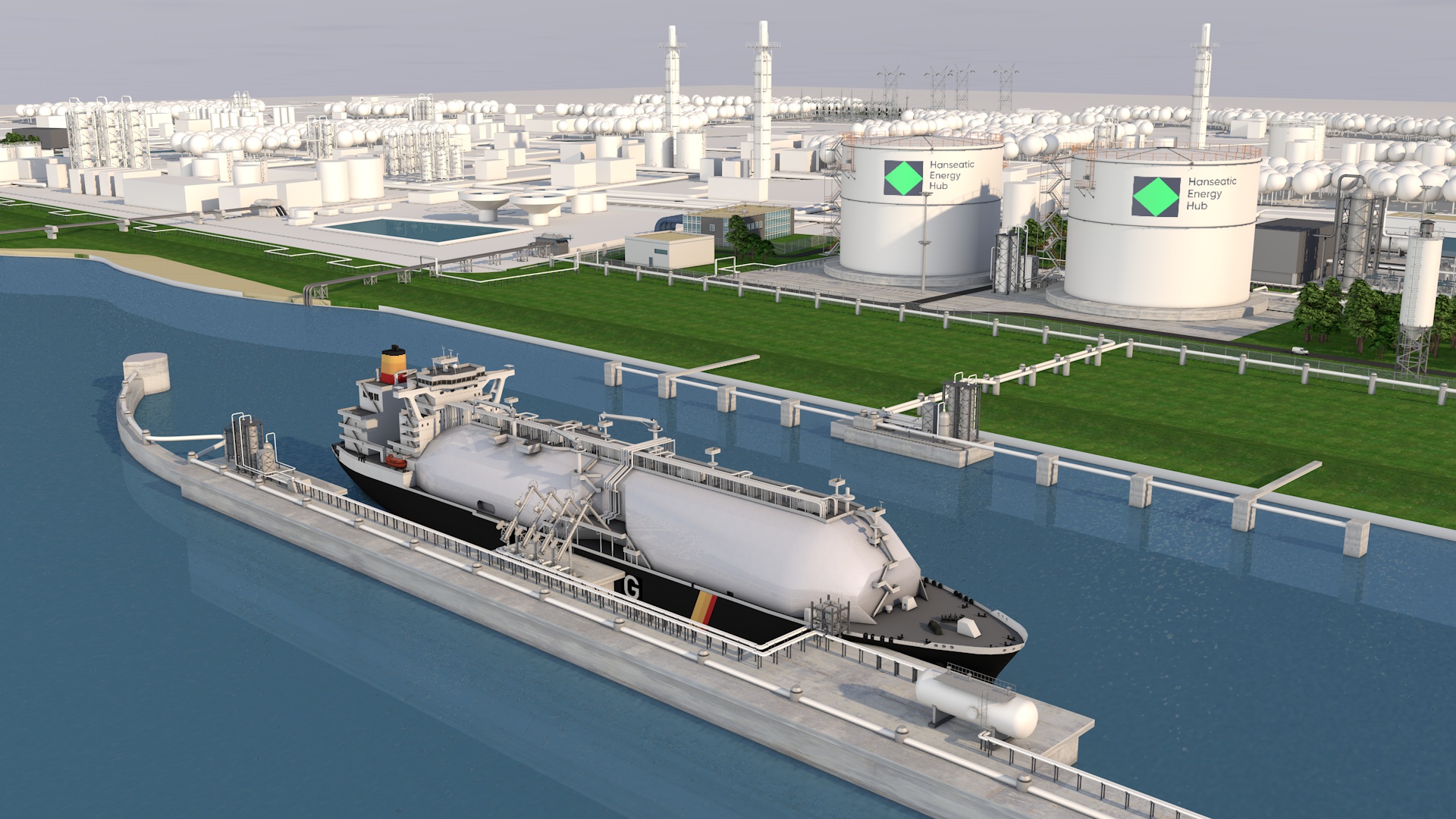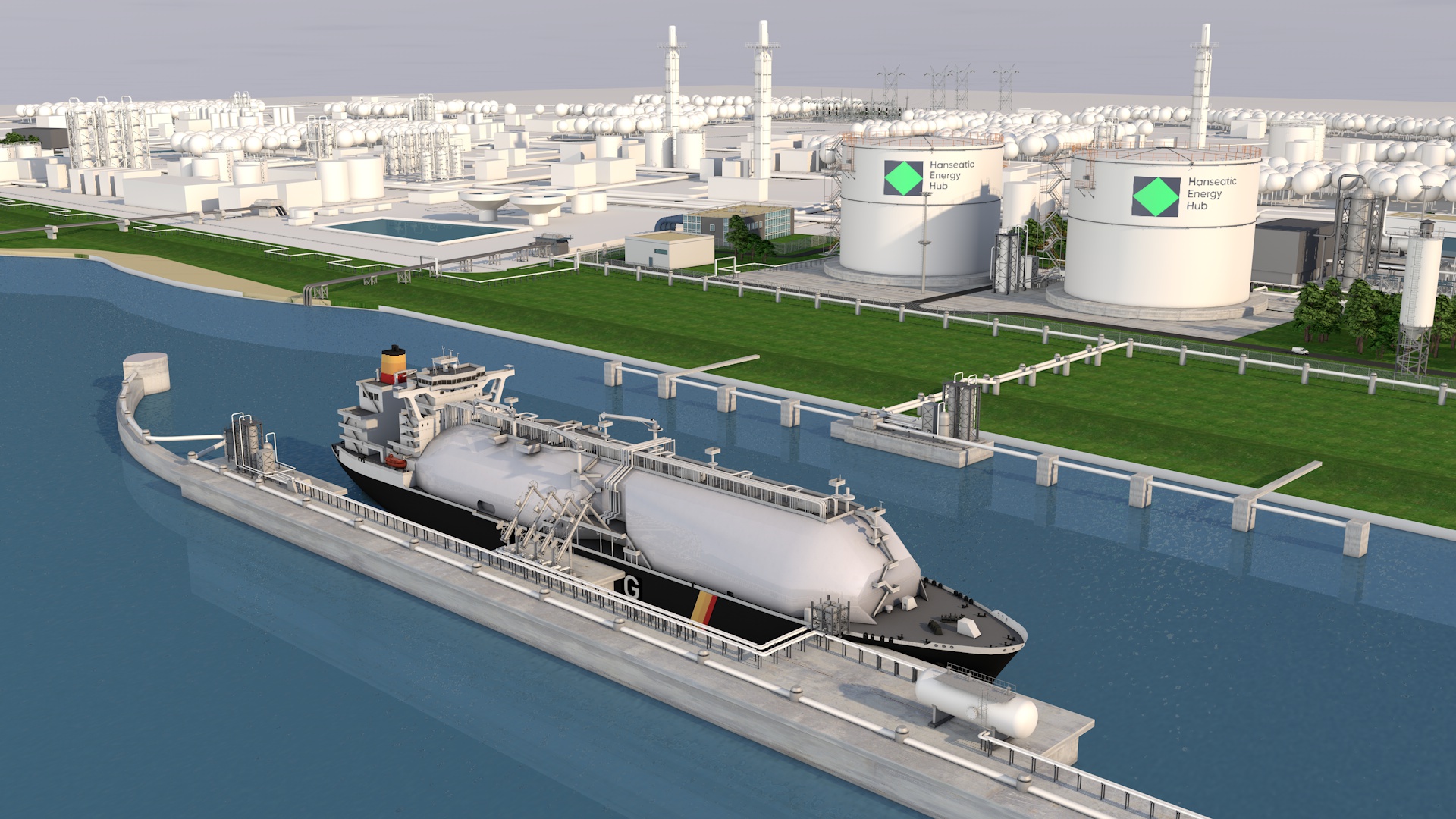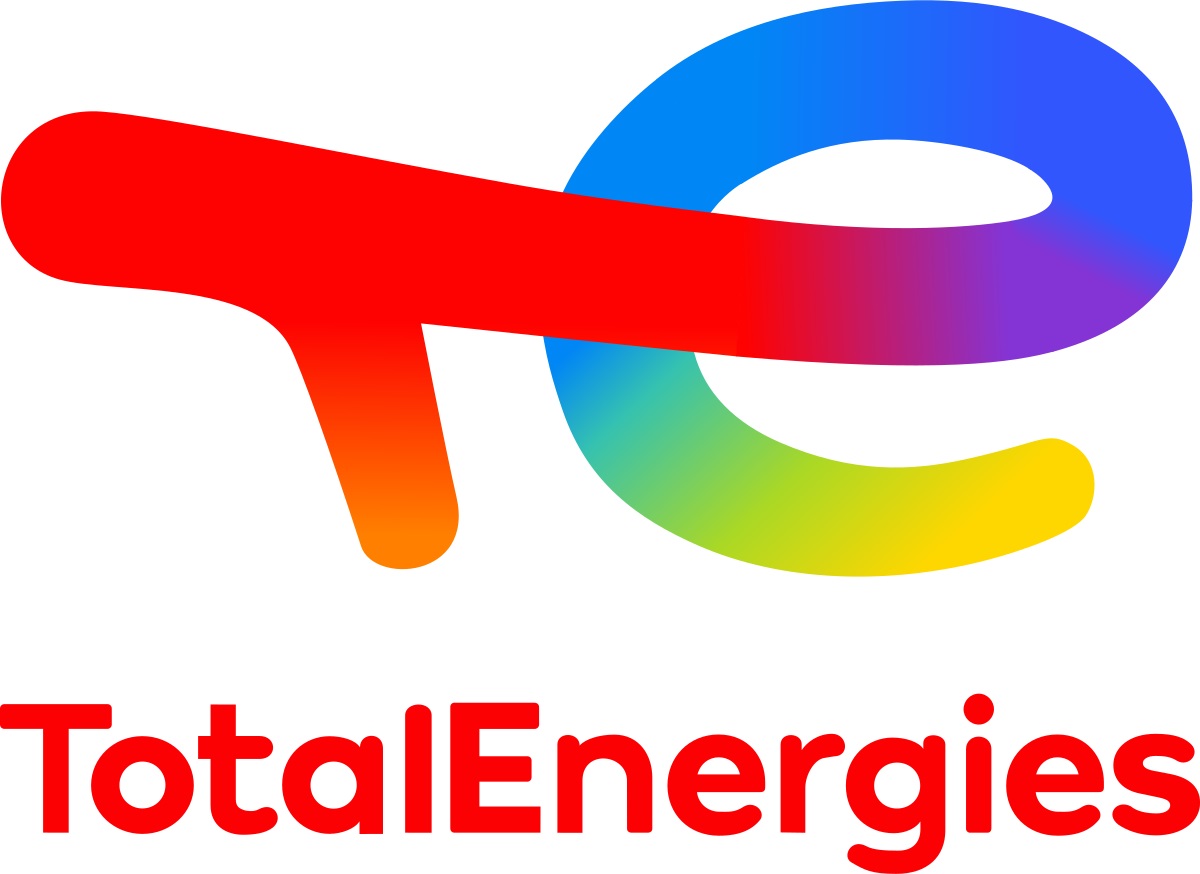The Czech Republic is strengthening long-term energy security in LNG. CEZ acquired capacity in the German terminal Stade

The Czech Republic has taken another crucial step to ensure sufficient gas supplies for the future and to replace supplies from Russia. In cooperation with the government, ÄŒEZ Group contracted a long-term annual capacity of 2 billion cubic meters in one of the onshore LNG terminals under construction in Germany. It is an investment in the further development of the Czech energy industry, which strengthens the energy security of the Czech Republic. The Stade terminal will be located near Hamburg at the mouth of the Elbe into the North Sea and will be commissioned by the operator Hanseatic Energy Hub in 2027.
"We promised the citizens that we would strengthen the energy security of our country. We promised it as a government, and I criticized it as one of the fundamental prerequisites for restarting the Czech Republic. We have already taken a number of concrete steps, now we are adding another important piece of the mosaic. After acquiring the capacity of the LNG terminal in the Netherlands, we managed to secure capacity in the German terminal Stade as well. Together with the purchase of gas storage tanks and gas pipelines, we fundamentally increase the possibility of transporting and storing natural gas from reliable suppliers, and at the same time we fulfill the government's program statement and my personal vision of Restart the Czech Republic," said the Prime Minister of the Czech Republic, Petr Fiala .
"The fact that we, as a landlocked country, were able to get rid of our dependence on Russian gas imports so quickly is a great achievement, but also an investment in our security. Each of us contributed to this with a responsible approach to consumption, our energy presidency in the EU, but also the government's actions. One of the most significant was securing a stake in an LNG terminal in the Netherlands. We're doing another one now. The stake in the terminal in Stade, near Hamburg, also has the advantage of being closer than the terminal in the Netherlands, so the supplied gas will flow across fewer borders, which will reduce the fees for transporting it to the Czech Republic," said Minister of Industry and Trade Jozef Síkela .
 CEZ has secured a capacity of 2 billion cubic meters of gas per year for the Czech Republic in the terminal, which exceeds a quarter of the current annual gas consumption of the Czech Republic. This fell from 9.4 billion cubic meters in 2021 to 7.5 billion in 2022. This year, too, it was possible to save around 700 million cubic meters compared to last year, i.e. about 10 percent. This reduction in gas consumption significantly contributed to the fact that the Czech Republic can do without importing gas from Russia. However, natural gas will continue to play an important role in the Czech energy industry in the years to come. In heating, it will help replace coal, and in electricity production it will contribute to maintaining the stability of the grid.
CEZ has secured a capacity of 2 billion cubic meters of gas per year for the Czech Republic in the terminal, which exceeds a quarter of the current annual gas consumption of the Czech Republic. This fell from 9.4 billion cubic meters in 2021 to 7.5 billion in 2022. This year, too, it was possible to save around 700 million cubic meters compared to last year, i.e. about 10 percent. This reduction in gas consumption significantly contributed to the fact that the Czech Republic can do without importing gas from Russia. However, natural gas will continue to play an important role in the Czech energy industry in the years to come. In heating, it will help replace coal, and in electricity production it will contribute to maintaining the stability of the grid.
The terminal in Stade will enable the import and gasification of liquefied natural gas from 2027, with the fact that later the terminal will be able to be converted to the import and processing of climate-neutral ammonia, from which it will be possible to produce green hydrogen. The capacity in the terminal is leased for 15 years, with the possibility of extension up to 25 years precisely in connection with the future use of green hydrogen. At the same time, the Ministry of Industry and Trade supported the transaction by entering into a hedging agreement with the ÄŒEZ group similar to the one applicable to the terminal in Eemshaven.
"I am very glad that these long negotiations have been completed. I would like to thank both the representatives of the Czech and German governments, who supported the negotiations, and our partners from the company Hanseatic Energy Hub, which is building the terminal. The land terminals will gradually replace the temporary floating ones, so from the beginning we sought to obtain long-term capacity in one of the land terminals being prepared. Not long ago, we did not operate on the LNG market at all, and over the past year and a half we have gained a lot of experience, which we will now build on. We have leased capacity in the floating terminal in Eemshaven until 2027, and thanks to Stade we will then be able to continue supplying LNG smoothly. Another advantage is that in this case we will only have to cross one state border when transporting gas to the Czech Republic," said ÄŒEZ CEO Daniel Beneš .
Compared to floating terminals, the advantage of land-based terminals is greater capacity, faster unloading and regasification of LNG. LNG storage facilities will also be part of the terminal in Stade. The other tenants of the terminal are the German companies EnBW and SEFE. The total capacity of the terminal is 13.3 billion cubic meters of gas per year, of which 1.3 billion is intended for short-term contracts. The land terminal at Stade will replace the floating terminal at the same location, which is currently under construction. The terminal is expected to be put into operation in 2027.
"Our goal is to build the best possible infrastructure in Stade to ensure long-term energy security of supplies to Germany and Central Europe. We were looking for stable strategic partners to join us in this project. The terminal is based on the future flexible modular system for the transition to green energy in Europe. In 2027, we will launch an emission-free terminal for LNG, bio-LNG and synthetic natural gas, while also preparing for the later growth of the ammonia market as a way to obtain green hydrogen," says Johann Killinger, Chief Operating Officer and shareholder of Hansean Energy Hub.

